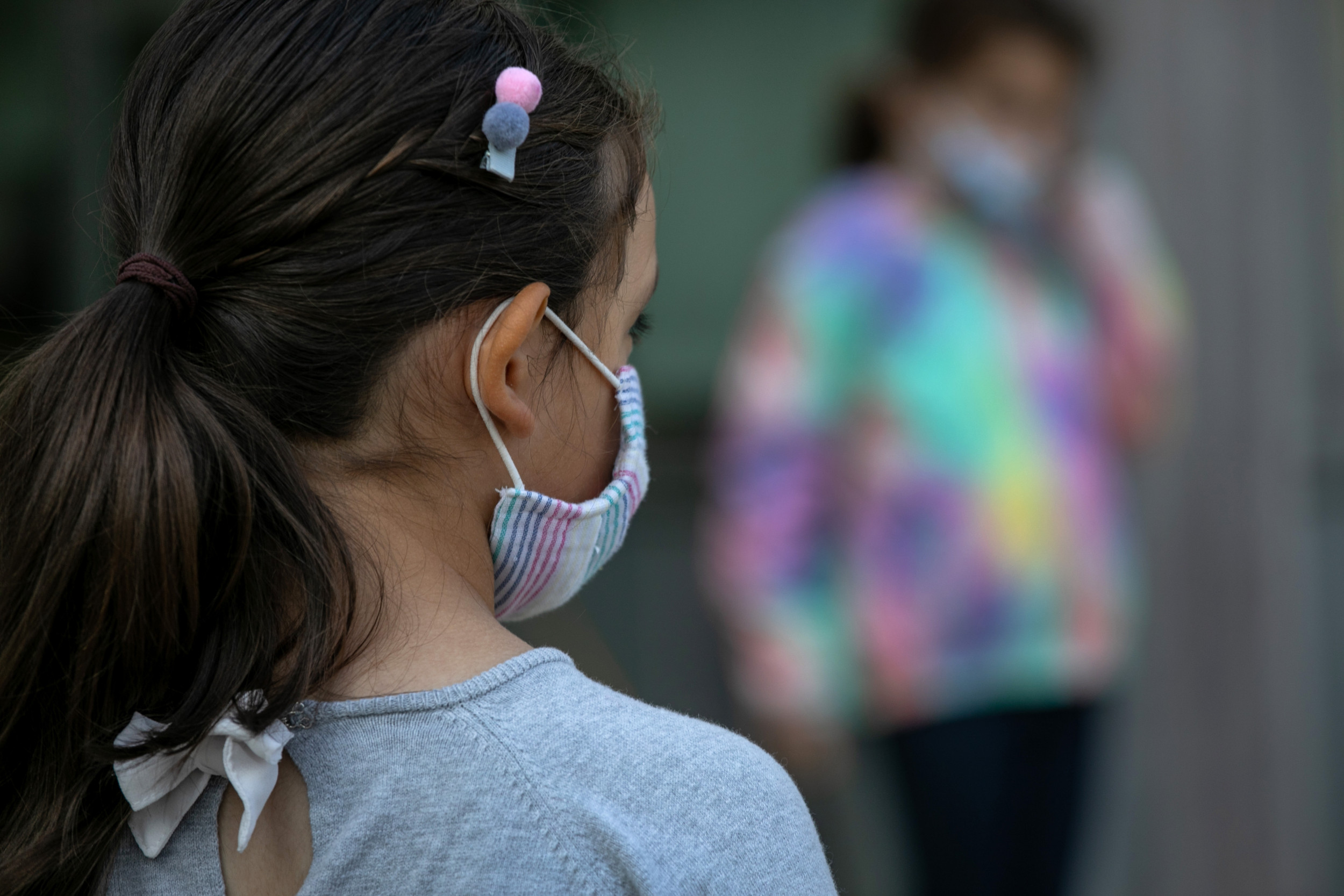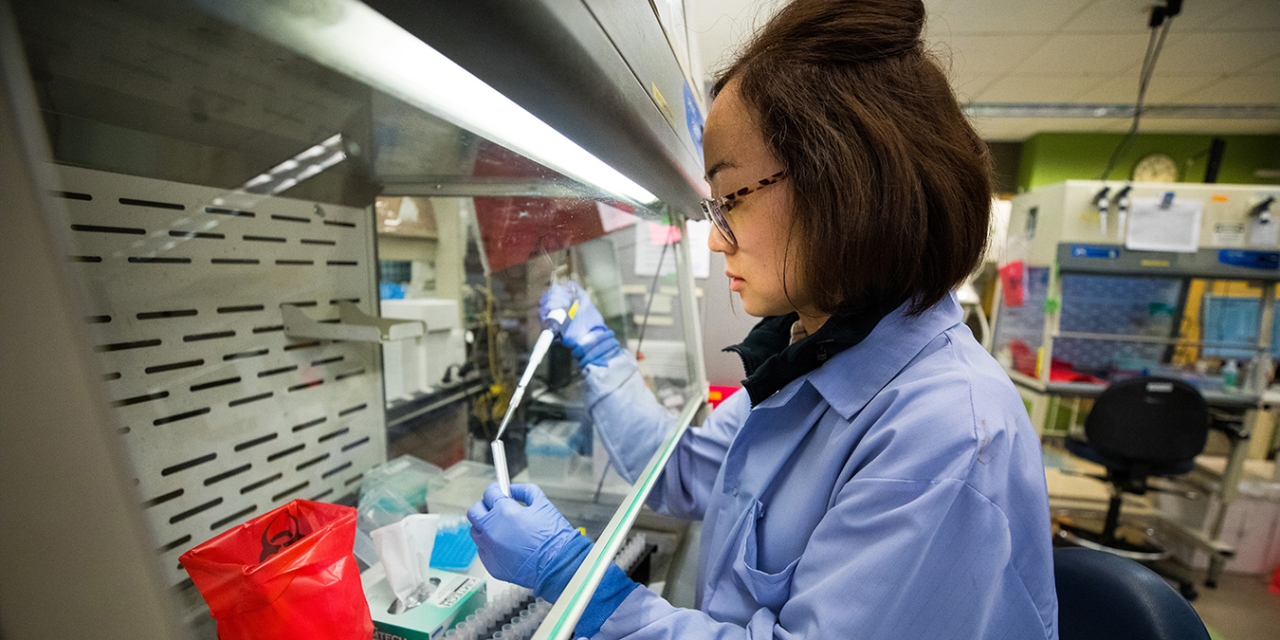Origins and Spread of COVID-19

The COVID-19 pandemic, caused by the severe acute respiratory syndrome coronavirus 2 (SARS-CoV-2), has had a profound impact on the world, leading to widespread illness, economic disruption, and social upheaval. Understanding the origins and spread of this virus is crucial for informing public health strategies and preventing future pandemics.
Initial Discovery and Identification
The initial discovery of COVID-19 can be traced back to December 2019, when a cluster of pneumonia cases with unknown causes was reported in Wuhan, China. The virus was subsequently identified as a novel coronavirus, named SARS-CoV-2, and the disease it caused was named COVID-19. The identification of the virus involved a combination of clinical observations, laboratory testing, and genomic sequencing.
Impact of COVID-19 on Society and Individuals

The COVID-19 pandemic has had a profound and multifaceted impact on societies and individuals worldwide, leaving an indelible mark on our collective history. The virus’s rapid spread and the measures taken to contain it have disrupted economies, healthcare systems, and daily life in ways that were unimaginable just a few years ago.
Economic Impact
The pandemic’s economic impact has been devastating, leading to widespread job losses, business closures, and a global recession. The World Bank estimates that the global economy contracted by 3.5% in 2020, the worst recession since World War II. The pandemic has disproportionately affected low-income countries, where healthcare systems are weaker and economic diversification is limited. Many businesses, particularly those in the hospitality, tourism, and entertainment sectors, have been forced to close or operate at reduced capacity, leading to job losses and decreased economic activity.
Healthcare System Strain
The COVID-19 pandemic has placed an immense strain on healthcare systems around the world, overwhelming hospitals and healthcare workers. The virus’s rapid spread and high transmissibility have led to surges in hospitalizations, exceeding the capacity of many healthcare facilities. The shortage of medical supplies, including personal protective equipment (PPE) and ventilators, has further exacerbated the situation. The pandemic has also highlighted the importance of robust public health infrastructure and the need for increased investment in pandemic preparedness.
Psychological and Social Consequences
The pandemic has had a significant psychological and social impact on individuals and communities. The prolonged period of social distancing and isolation has led to increased levels of stress, anxiety, depression, and loneliness. The uncertainty and fear surrounding the virus have contributed to a sense of helplessness and a decline in mental well-being. The pandemic has also exacerbated existing social inequalities, disproportionately affecting marginalized communities who are more likely to experience job losses, food insecurity, and limited access to healthcare.
Social and Economic Disruptions
| Disruption | Description |
|---|---|
| Education | School closures and the shift to online learning have disrupted education systems worldwide, leading to learning loss and unequal access to education. |
| Travel and Tourism | Travel restrictions and border closures have decimated the tourism industry, leading to job losses and economic hardship for countries heavily reliant on tourism revenue. |
| Supply Chains | The pandemic has disrupted global supply chains, leading to shortages of essential goods and a rise in prices. |
| Healthcare Access | The pandemic has strained healthcare systems, leading to delays in non-COVID-19 related care and a decrease in access to healthcare services for many. |
Responses to the COVID-19 Pandemic: Who Covid 19

The COVID-19 pandemic, a global health crisis, prompted unprecedented responses from governments, organizations, and individuals. These responses aimed to contain the virus’s spread, mitigate its impact, and ultimately pave the way for a return to normalcy.
Government and Organizational Measures
Governments worldwide implemented a wide range of measures to curb the spread of COVID-19. These measures, often evolving as scientific understanding of the virus grew, aimed to reduce transmission through social distancing, hygiene practices, and, in some cases, stricter restrictions.
- Lockdowns: Many countries implemented lockdowns, restricting movement and gatherings to varying degrees. These measures, while effective in reducing transmission, also had significant economic and social consequences.
- Mask Mandates: The use of face masks became a common sight, with many governments mandating their use in public settings. Studies have shown that mask-wearing significantly reduces the spread of respiratory droplets, contributing to a decrease in transmission.
- Testing and Contact Tracing: Extensive testing and contact tracing programs were implemented to identify infected individuals and isolate them to prevent further spread. This strategy proved effective in early stages but became increasingly challenging as the pandemic evolved.
- Travel Restrictions: International and domestic travel restrictions were imposed to limit the movement of infected individuals. These restrictions aimed to contain outbreaks and prevent the spread of new variants.
- Public Health Campaigns: Public health campaigns emphasized the importance of hand hygiene, social distancing, and other preventive measures. These campaigns played a crucial role in educating the public and promoting responsible behavior.
Effectiveness of Mitigation Strategies, Who covid 19
The effectiveness of different mitigation strategies varied depending on factors such as the virus’s transmissibility, population density, and adherence to measures.
- Lockdowns: Lockdowns, while effective in reducing transmission, have been criticized for their economic and social impacts. Their effectiveness also depends on the stringency of implementation and the duration of the lockdown.
- Mask Mandates: Mask mandates have been shown to be effective in reducing transmission, particularly when coupled with other measures. Studies have consistently demonstrated that mask-wearing significantly reduces the risk of infection.
- Testing and Contact Tracing: The effectiveness of testing and contact tracing depends on factors such as the availability of testing, the speed of contact tracing, and the willingness of individuals to participate. In situations where testing is limited or contact tracing is slow, this strategy may be less effective.
- Travel Restrictions: Travel restrictions can be effective in delaying the spread of the virus, but they are not a foolproof solution. The effectiveness of travel restrictions depends on the stringency of enforcement and the ability to prevent illegal travel.
COVID-19 Vaccine Development and Distribution
The development of COVID-19 vaccines was a monumental achievement in scientific history. The rapid pace of vaccine development, fueled by unprecedented collaboration and funding, resulted in the availability of several effective vaccines within a year of the pandemic’s emergence.
- Vaccine Development: Multiple vaccine platforms, including mRNA vaccines, viral vector vaccines, and protein subunit vaccines, were employed in the development of COVID-19 vaccines. The use of new technologies and streamlined regulatory processes accelerated the development timeline.
- Vaccine Distribution: The distribution of COVID-19 vaccines posed logistical challenges, particularly in ensuring equitable access across different regions and populations. Global collaborations, such as COVAX, aimed to address vaccine inequity by facilitating vaccine access in low- and middle-income countries.
- Impact on the Pandemic: The widespread adoption of COVID-19 vaccines has had a significant impact on the pandemic, reducing the severity of illness, hospitalizations, and deaths. Vaccines have also played a crucial role in easing restrictions and enabling a return to normalcy.
COVID-19 Vaccine Types and Efficacy
A range of COVID-19 vaccines have been developed and approved for use, each with its unique characteristics and efficacy.
| Vaccine Type | Efficacy | Availability |
|---|---|---|
| mRNA Vaccines (Pfizer-BioNTech, Moderna) | >90% | Widely available in many countries |
| Viral Vector Vaccines (Oxford-AstraZeneca, Johnson & Johnson) | >70% | Widely available in many countries |
| Protein Subunit Vaccines (Novavax) | >90% | Available in some countries |
Who covid 19 – COVID-19, a virus that has impacted the world significantly, has also impacted the lives of many individuals, including those in positions of leadership. One such individual is Gwen Walz , the First Lady of Minnesota, who has been actively involved in advocating for public health measures and supporting those affected by the pandemic.
The impact of COVID-19 has been far-reaching, and it has been a challenging time for many, including those in leadership roles like Gwen Walz.
COVID-19, a global pandemic that has impacted lives worldwide, has also led to significant changes in how we approach public health and safety. In Minnesota, Governor Gwen Walz has been a key figure in guiding the state’s response to the pandemic, implementing measures to mitigate the spread of the virus and support the wellbeing of its citizens.
Understanding the complexities of COVID-19 requires ongoing research and collaboration to find effective solutions for this global health challenge.
